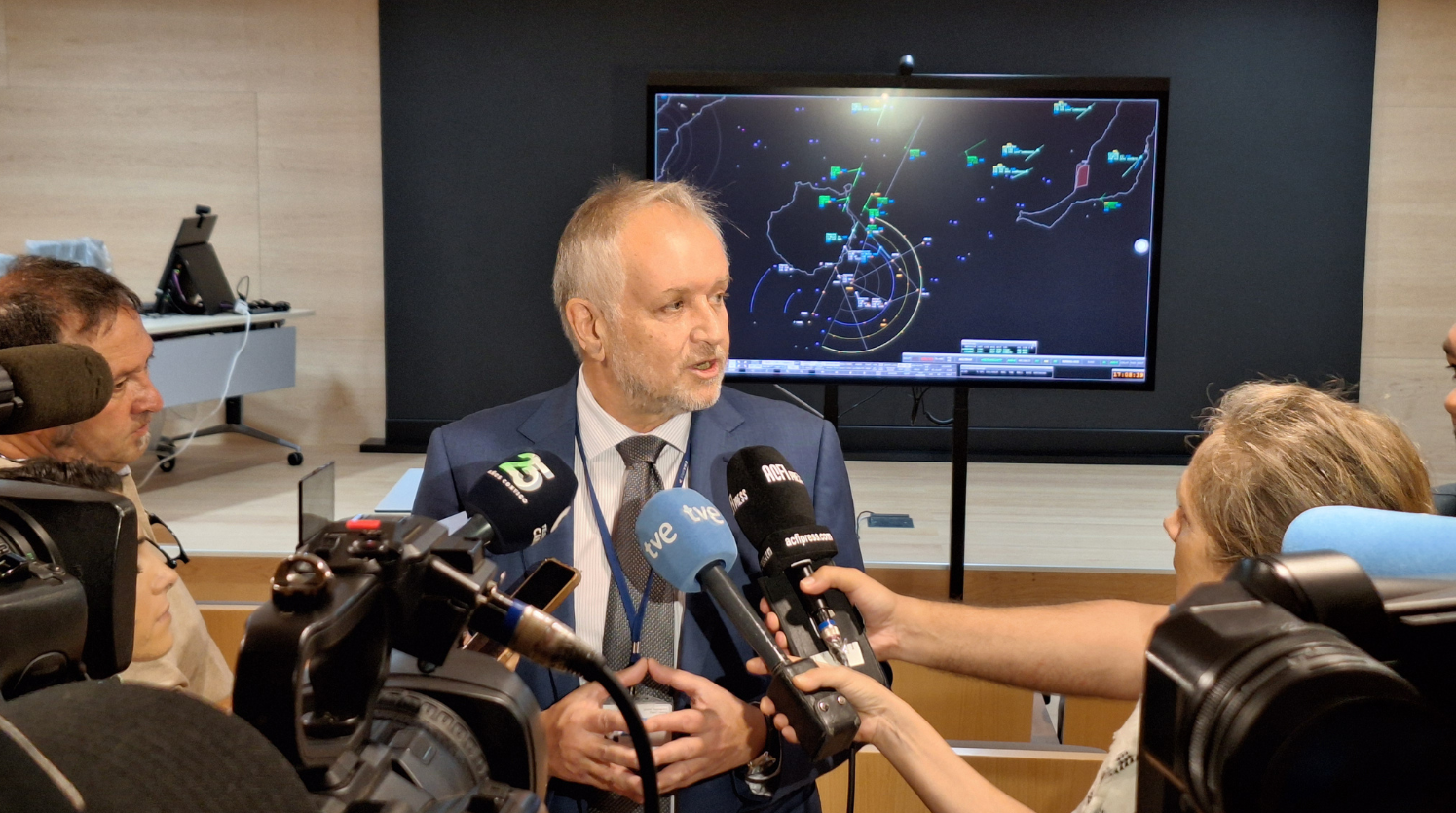ENAIRE improves approach operations to the Gran Canaria Airport

ENAIRE, the national air navigation service provider, has improved approach operations at the Gran Canaria Airport.
Since 5 September, it has been successfully using the HERMES project, which involves modernising and improving air navigation procedures by employing the latest technologies.
The approach service at the airport, which ENAIRE provides from its Canaries Control Centre, manages the arrival and departure trajectories from the time an aircraft flies beyond the visual range of the control tower until it reaches an approximate altitude of four kilometres.
Before the new HERMES project to redesign the airspace was implemented, its design relied on conventional navigation concepts, which are based primarily on navaids and ground equipment, as well as on vector guidance dependent on said equipment and provided by air traffic controllers, who directed the approach to Gran Canaria.
The HERMES Project modernises and improves the take-off and approach procedures to and from Gran Canaria using the latest technologies, such as precision navigation known as RNP, in which an aircraft determines its position using information based on signals emitted by satellites. This system has been used in the design of the manoeuvres and it proactively complies with European Regulation 2018/1048, which will apply to arrival, approach and departure routes and whose implementation deadline is 2030.
Aircraft sequencing aid
The Gran Canaria Airport sees periods with very busy operational traffic. HERMES, using the AMAN arrivals manager, provides assistance with sequencing inbound aircraft, enhances predictability and reliability in the planning of arrivals, allows waiting traffic to be more efficiently managed during busy periods, and it streamlines flight paths, paving the way for radar approaches to prepare for future traffic growth.
Arrival trajectories to runway 03, the main runway used at the Gran Canaria Airport, use the technique known as vector to merge, which reduces the number of vectors assigned to each flight by allowing traffic to fly a semi-circular and equidistant path with respect to a reference point. The result is more regular spacing between successive aircraft and fewer pilot/controller communications, which are also shorter and simpler.
In addition, the vector guidance to runway 21, when there is a change in wind direction, entails greater standardisation in the process of guiding traffic to provide the necessary space to preceding traffic.
Managing the altitudes and speeds authorised by ENAIRE's control staff enables lower fuel costs and atmospheric CO2 emissions by keeping traffic at optimum altitudes and speeds as long as possible, and allowing for more continuous descents by arriving aircraft.
Another benefit of the HERMES project is the reduction in the CTR, the volume of airspace surrounding the Gran Canaria Airport, which is an area that is set up to manage and control air traffic near take-off and landing points. This allows greater freedom of flight for non-commercial general aviation, with less need for authorisations from the controller in the Control Centre, and it streamlines the workload for the sector involved.
![[New ENAIRE approach control operation in Gran Canaria]. [New ENAIRE approach control operation in Gran Canaria].](/Upload/Editor/ENAIRE/New%20ENAIRE%20approach%20control%20operation%20in%20Gran%20Canaria.jpg)
Improvements for controllers and pilots
For air controllers and pilots, navigation is now more predictable, and both the number and content of voice messages have been reduced. This decreases the workload for both parties.
Similarly, as the number of operations increases sustainably at the airport, ENAIRE will be ready to handle it with the best technology.
HERMES symbolises ENAIRE's commitment to ensure the air navigation at the Gran Canaria Airport adapts early to the new European regulation, based on an environmentally friendly design and facilitating the work of pilots and controllers through more standardised manoeuvres.






.png)

.jpg)





Comments
There are no comments yet for this item
Join the discussion